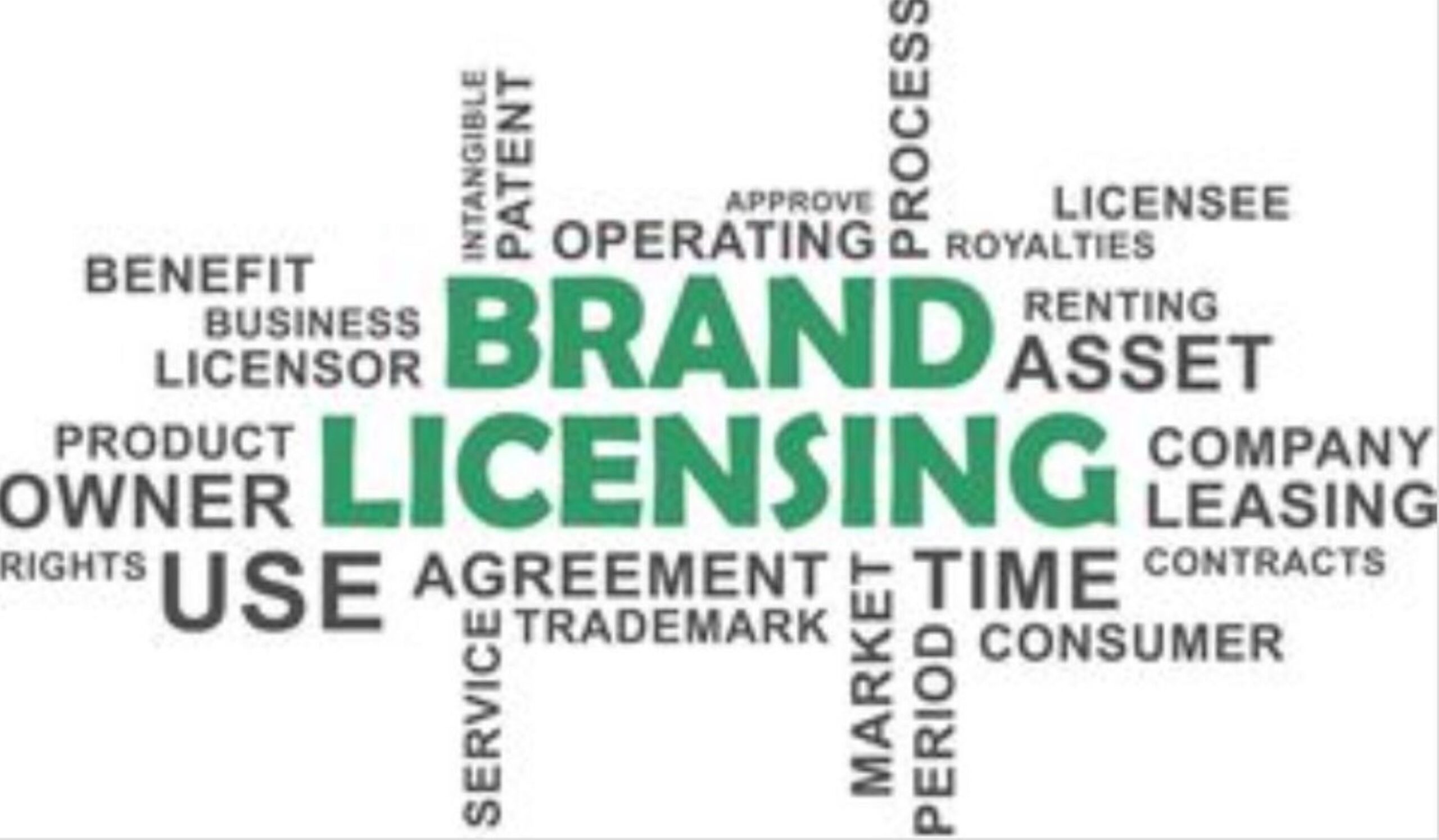By Brian Fried
So you came up with this great invention idea. Let’s say you invented an amazing one-of-a-kind can opener. One of its purposes is to open a can of beer in a very unique innovative way!
Now you’re thinking, wow, Budweiser or Coors (or pick your favorite brand) would love my idea and I should pitch to them and attempt to secure a licensing deal to earn royalties.
You start on your innovation journey, going through patent searching, product designing, prototyping, filing intellectual property to say you are patent pending, preparing your presentation and pitch and then we are ready to go! Let’s make some calls and send some emails… After figuring out who to speak to, you finally connect to a licensing manager at the company you are calling. The conversation is a bit confusing. Why?
The licensing manager is expecting to sell their brand they are representing to you and your product. You are thinking that you want to license your product to them.
Here is the confusion:
Bud or Coors makes beer and does not produce can openers. You look around and you see all these t-shirts, hats, and other items for you to display your brand of beer proud. So, where do I go and where did I go wrong?
The brand licensing manager is looking for manufacturers, companies that already have a sales history of producing products, which could be in various categories and offering their brand to you, as the licensor. Their terms vary, however expect to pay an advance on royalties to them up front and a royalty on every product sold.
As an inventor, we most likely do not qualify for this unless we plan on manufacturing and coming back to them in a few years when we do qualify. So, then what… How can an inventor see a brand property on their invention?
There are companies that have fit the brand requirements and are already paying that advance and paying royalties. Those are the companies that you may consider to license your invention. If they are an apparel company and they only sell t-shirts, they most likely are not covered for can openers, so look for companies related to what you’ve invented what they manufacture.
If they see your invention is a good fit, they will add your product to their product line, prepare concepts to the brand following the brand guidelines, once accepted will pitch the retail buyers and/or include in their online offerings. Now, your amazing one-of-a-kind can opener has the beer name branded, logo’ed on it and every time one of them sells, you finally earn your royalties… Congratulations!
Keep on Inventing!
Brian fried
Inventor Liaison for Licensing International
Inventor Coach and President of Inventor Smart








